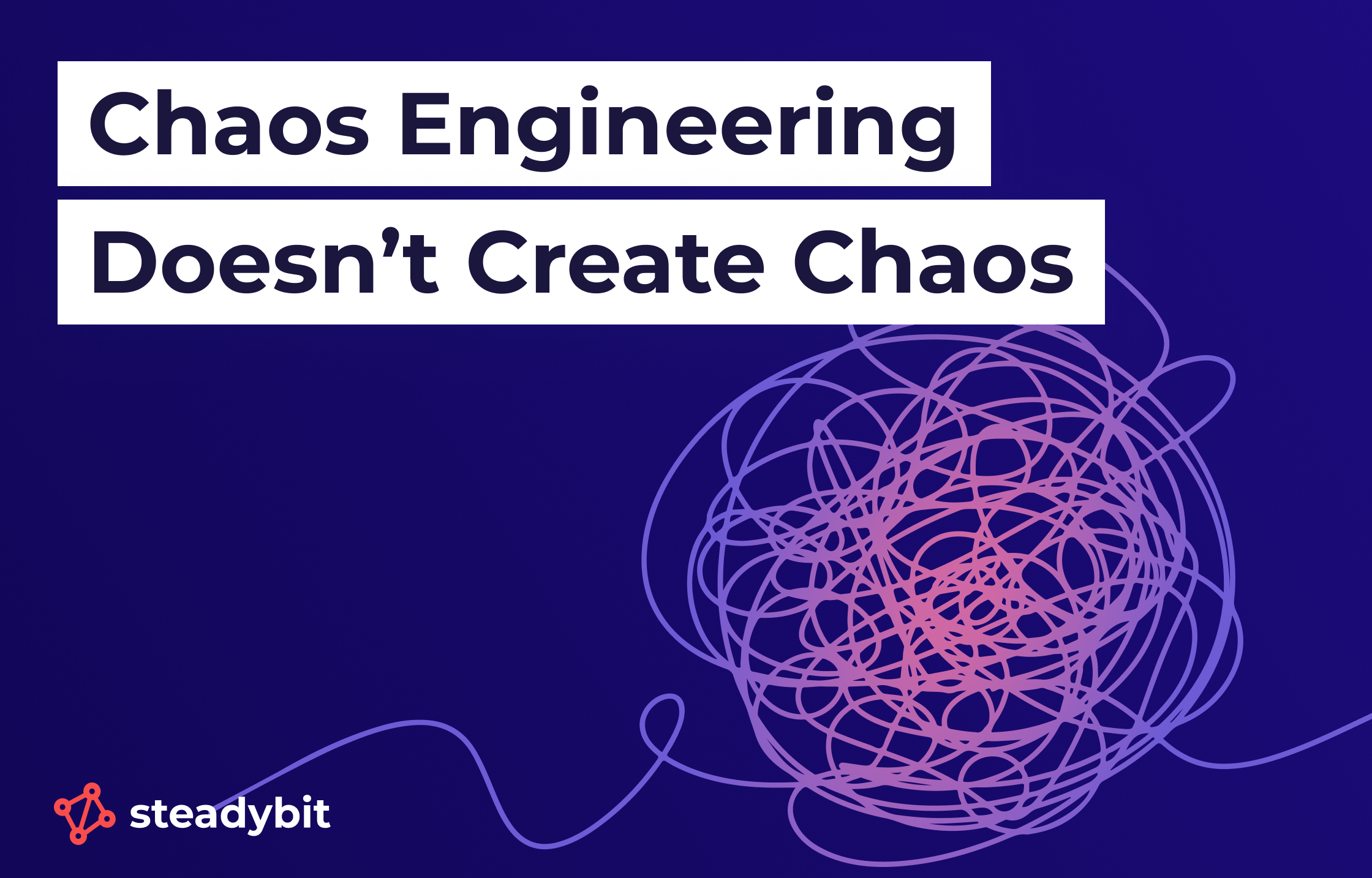Chaos Engineering Doesn’t Create Chaos

We hear it often.
“There’s already chaos in our systems. Why would we add more?”
It’s a common reaction, but it misunderstands the purpose of chaos engineering.
This practice isn’t about causing problems. It’s about uncovering the ones already there before your customers do. Chaos engineering doesn’t introduce unpredictability. It reveals it.
You’re already operating in chaos
Modern systems are distributed, interconnected, and full of unknowns. A misconfigured DNS entry. A service that fails silently. A database node that slows under load. These aren’t hypotheticals. They’re happening every day, whether or not you see them.
Chaos engineering doesn’t create these issues. It brings them to the surface in a controlled and observable way. That’s the difference between a surprise outage and a planned experiment.
The name throws people off
The term “chaos engineering” sounds dramatic. But it’s a practical, structured approach. The goal is to test how systems respond to real-world conditions like latency, failure, or resource exhaustion, and then understand the result.
It’s not about crashing your infrastructure. It’s about asking, “What happens if this fails?” and then running a safe experiment to find out.
Clarity comes from controlled failure
At Steadybit, we help teams run chaos experiments with purpose. These are not random acts of destruction. They are structured tests that verify assumptions and reveal weak points before they become incidents.
You’re not gambling with uptime. You’re building resilience. The best teams use chaos engineering to move faster and prevent surprises.
So, how to begin…
You don’t need to add chaos. It’s already in your system.
The question is whether you want to leave it hidden or bring it into the open.
Chaos engineering gives you a chance to learn before things go wrong. Before the outage. Before the on-call alert. Before the customer impact. It’s not about making things worse, but improving your system’s ability to recover.
If you’re ready to shift from reactive to prepared, this is where you start.